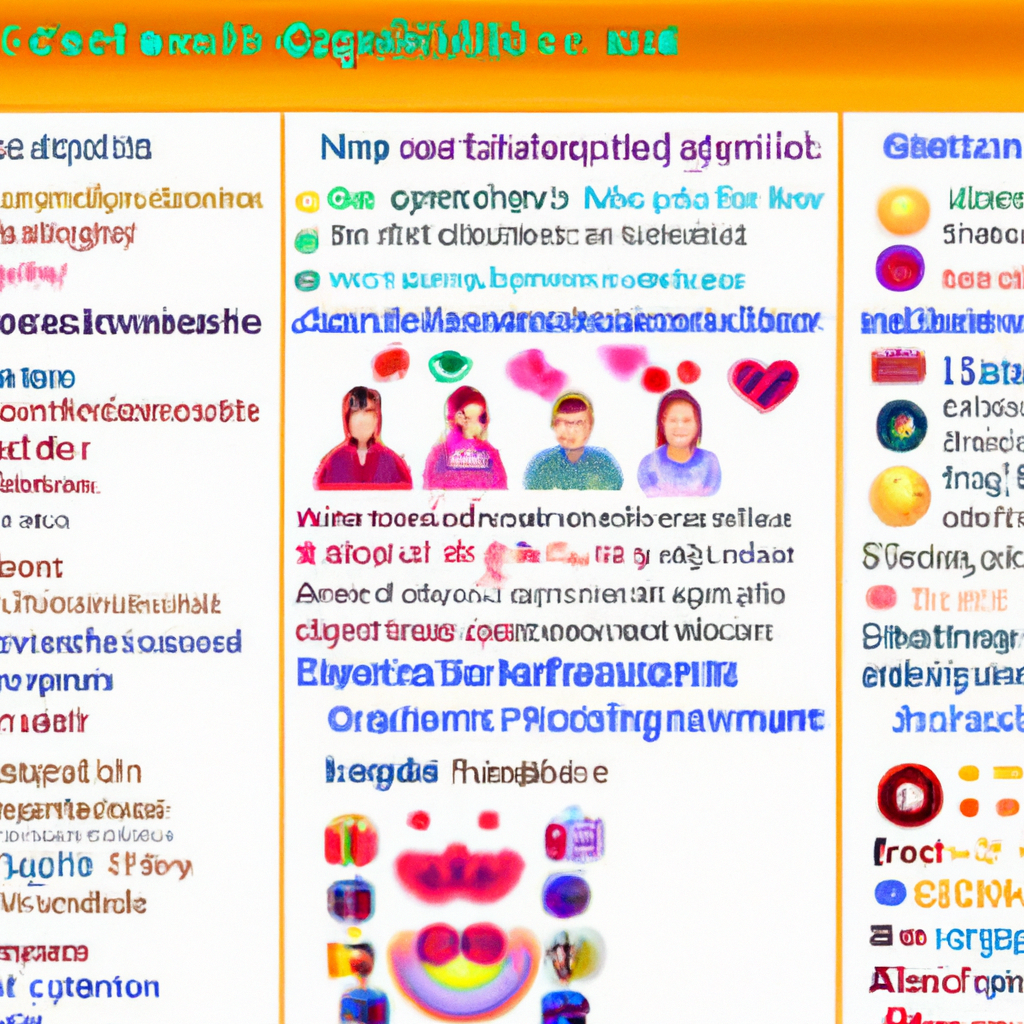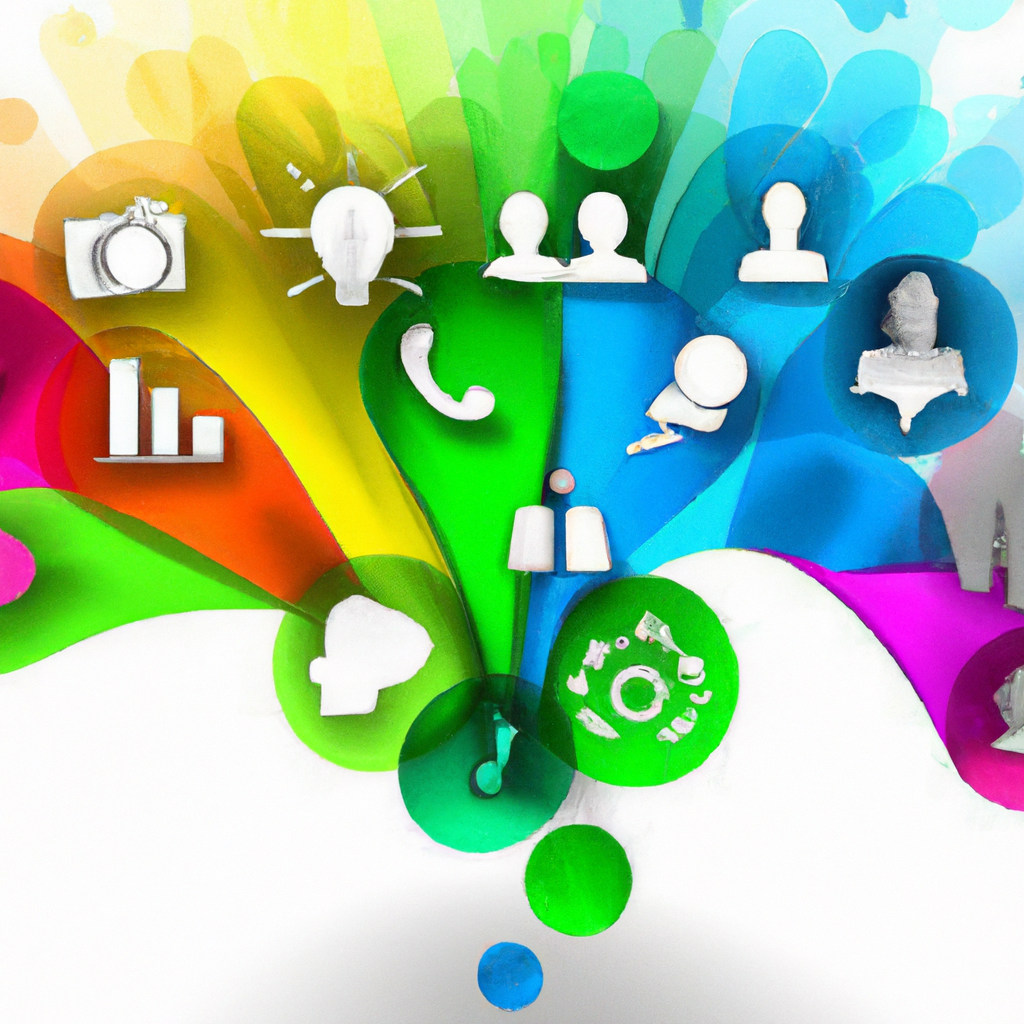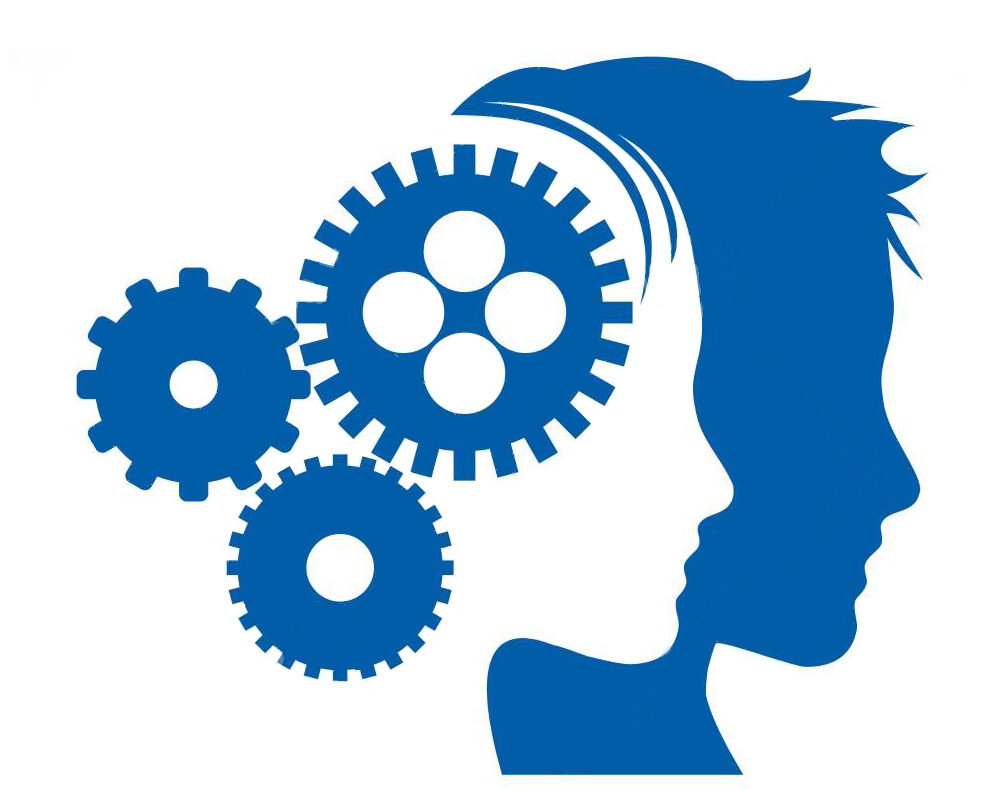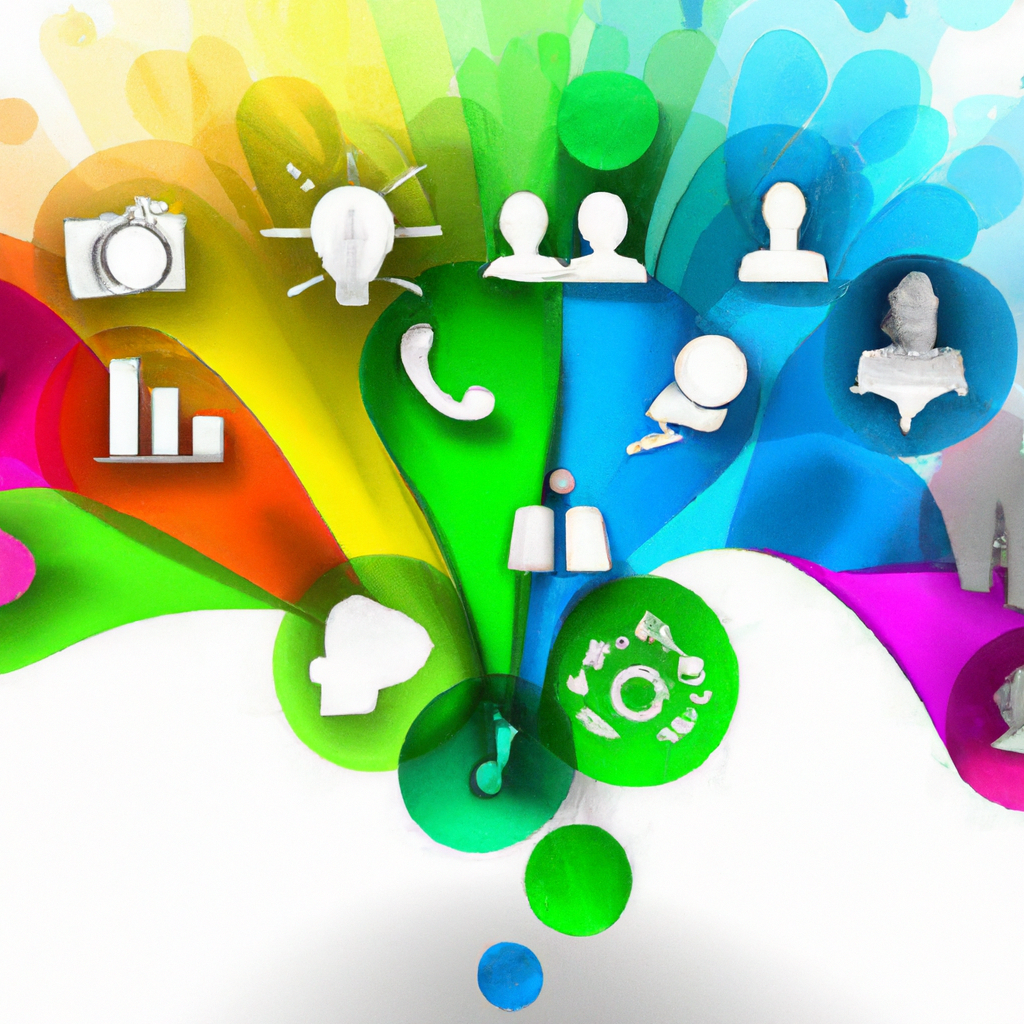Have you ever wondered why certain emotions linger within us, affecting our daily lives? The Emotion Code Chart is here to provide you with an insightful guide. This chart offers a comprehensive list of emotions and their corresponding energy centers in the body, helping you identify and release any trapped emotions that may be holding you back. With the Emotion Code Chart, you can gain a deeper understanding of your emotional well-being and take steps towards achieving a more balanced and joyful life.

What is an Emotion Code Chart?
Definition
An Emotion Code Chart is a visual representation of various emotions and their corresponding codes. These codes are used in a healing technique called the Emotion Code, which aims to identify and release trapped emotions in the body. The chart categorizes emotions and associates them with specific body parts, allowing individuals to easily identify and address emotional imbalances.
Purpose
The purpose of an Emotion Code Chart is to provide a comprehensive guide for individuals seeking emotional healing and well-being. By using the chart, people can identify and release trapped emotions, which are believed to contribute to physical and emotional health issues. The chart serves as a tool for self-reflection and facilitates the process of emotional release, leading to improved overall well-being.
Understanding Emotions
Definition of Emotion
Emotions are complex psychological and physiological states that arise in response to various stimuli. They are often characterized by feelings, thoughts, and physical sensations. Emotions can range from joy and love to anger and sadness, and they play a significant role in shaping our experiences and behaviors.
Importance of Emotional Health
Emotional health is crucial for overall well-being. When emotions are suppressed or trapped within the body, they can manifest as physical ailments, mental distress, and disrupted relationships. Emotions also influence decision-making, personal growth, and the ability to cope with life stressors. Prioritizing emotional health is vital for leading a fulfilling and balanced life.
Types of Emotions
Emotions can be classified into various categories, including basic emotions such as anger, fear, sadness, guilt, shame, anxiety, jealousy, stress, love, and joy. Each emotion serves a unique purpose and carries its specific energy and behavioral responses. Understanding and addressing the different types of emotions can contribute to emotional intelligence and healing.
The Emotion Code
Overview
The Emotion Code is a therapeutic technique developed by Dr. Bradley Nelson, a renowned holistic chiropractor and author. It is based on the premise that trapped emotions can create imbalances within the body and lead to physical and emotional health issues. The Emotion Code aims to identify and release these trapped emotions, allowing for increased emotional well-being.
How it Works
The Emotion Code utilizes muscle testing or kinesiology to identify trapped emotions. By applying gentle pressure on specific muscles, the practitioner can determine whether an emotion is trapped in the body. Once identified, the trapped emotion is released through the use of a magnet or emotion code technique, helping restore balance and harmony.
Benefits
The Emotion Code has been praised for its ability to address emotional imbalances and promote overall well-being. Some of the benefits associated with this technique include enhanced emotional health, reduced physical symptoms, release of negative past experiences, improved relationships, and increased resilience in the face of stress and challenges.
Limitations
While the Emotion Code has gained popularity in alternative healing circles, it is not without its limitations. Critics argue that the lack of scientific evidence supporting the effectiveness of the technique raises questions about its validity. Additionally, individual interpretation of trapped emotions and skepticism from traditional medical practitioners may challenge the credibility of the Emotion Code.
Components of the Emotion Code Chart
Emotions and their Codes
The Emotion Code Chart categorizes a wide range of emotions and assigns each emotion a unique code. This categorization helps individuals identify the specific emotion(s) they may be experiencing and facilitates the process of emotional release.
Corresponding Body Parts
The Emotion Code Chart also associates each emotion with specific body parts. This connection suggests that the presence of a particular trapped emotion may be linked to physical symptoms or discomfort in corresponding areas of the body. By identifying these connections, individuals can target the release of trapped emotions and potentially alleviate associated physical symptoms.
Trapped Emotions
Trapped emotions are lingering emotional energies that become lodged within the body, often as a result of past traumatic experiences or unresolved emotional conflicts. These trapped emotions can disrupt the body’s energy flow, leading to physical pain, discomfort, or emotional distress. The Emotion Code Chart provides a framework for identifying and releasing these trapped emotions, promoting emotional and physical well-being.

Using the Emotion Code Chart
Identifying Trapped Emotions
To use the Emotion Code Chart effectively, one must first identify the trapped emotions they are experiencing. This can be done through self-reflection, introspection, or by seeking the assistance of a trained Emotion Code practitioner. By referencing the chart and matching their emotions to the corresponding codes, individuals can gain insight into their emotional state and begin the process of emotional healing.
Releasing Trapped Emotions
Once trapped emotions have been identified, the Emotion Code technique can be applied to release them. This may involve using a magnet to help break up and release the trapped energy or employing specific techniques designed to address the trapped emotions. The goal is to restore the body’s energy flow and promote emotional balance.
Applying the Emotion Code Chart in Practice
The Emotion Code Chart serves as a practical tool for those seeking emotional healing. By referencing the chart, individuals can identify and track their emotions, monitor changes in their emotional well-being, and target specific trapped emotions for release. Regular practice and self-reflection can help individuals maintain emotional equilibrium and contribute to their overall well-being.
Common Emotions and their Codes
Anger
Code: A1
Anger is a powerful emotion that often arises in response to perceived injustice or frustration. The code A1 corresponds to anger on the Emotion Code Chart, allowing individuals to identify and release trapped anger to restore emotional balance.
Fear
Code: F1
Fear is a common emotion experienced in threatening or uncertain situations. The code F1 indicates fear on the Emotion Code Chart, helping individuals address and release trapped fear to alleviate anxiety and promote emotional well-being.
Sadness
Code: S1
Sadness is a natural response to loss, disappointment, or grief. The code S1 represents sadness on the Emotion Code Chart, enabling individuals to release trapped sadness and facilitate the healing process.
Guilt
Code: G1
Guilt is an emotion that can arise from feelings of responsibility for wrongdoing. The code G1 identifies guilt on the Emotion Code Chart, allowing individuals to address and release trapped guilt for emotional healing and personal growth.
Shame
Code: SH1
Shame is a deeply rooted emotion associated with feelings of inadequacy or unworthiness. The code SH1 corresponds to shame on the Emotion Code Chart, helping individuals recognize and release trapped shame to foster emotional well-being.
Anxiety
Code: A2
Anxiety is a prevalent emotion characterized by excessive worry or unease. The code A2 represents anxiety on the Emotion Code Chart, enabling individuals to identify and release trapped anxiety for improved emotional balance.
Jealousy
Code: J1
Jealousy is an emotion that arises from a perceived threat to a valued relationship or possession. The code J1 indicates jealousy on the Emotion Code Chart, allowing individuals to address and release trapped jealousy to promote emotional well-being.
Stress
Code: S2
Stress is a response to demanding or overwhelming circumstances. The code S2 corresponds to stress on the Emotion Code Chart, enabling individuals to identify and release trapped stress for a greater sense of emotional calm.
Love
Code: L1
Love is a profound emotion associated with deep affection and connection. The code L1 represents love on the Emotion Code Chart, allowing individuals to cultivate and enhance feelings of love for improved emotional well-being.
Joy
Code: JY1
Joy is a positive and uplifting emotion that often accompanies feelings of happiness and contentment. The code JY1 corresponds to joy on the Emotion Code Chart, enabling individuals to embrace and foster feelings of joy in their lives.
Benefits of Using an Emotion Code Chart
Enhanced Emotional Well-being
Using an Emotion Code Chart can contribute to enhanced emotional well-being by allowing individuals to identify and release trapped emotions. By acknowledging and addressing these emotional imbalances, individuals can experience a greater sense of inner peace, contentment, and emotional fulfillment.
Physical Health Improvements
Trapped emotions can manifest as physical ailments or discomfort. By utilizing the Emotion Code Chart to release these trapped emotions, individuals may experience improvements in physical health. This can range from reduced pain or discomfort to improved immune system functioning and overall vitality.
Release of Negative Past Experiences
Trapped emotions linked to past negative experiences can influence present emotional states. The Emotion Code Chart provides a pathway for releasing these trapped emotions, allowing individuals to let go of the emotional baggage associated with past traumas and move forward with greater emotional freedom.
Improved Relationships
Emotional imbalances can strain relationships and hinder effective communication. By using the Emotion Code Chart to address and release trapped emotions, individuals may experience improved relationships. Emotional healing can foster empathy, understanding, and authenticity, allowing for healthier and more fulfilling connections.
Increased Resilience
Releasing trapped emotions through the Emotion Code can contribute to increased emotional resilience. By addressing and resolving emotional imbalances, individuals are better equipped to cope with stress, challenges, and adversity. This newfound resilience can lead to greater personal growth, emotional stability, and overall well-being.
Criticism of Emotion Code Chart
Lack of Scientific Evidence
One criticism of the Emotion Code Chart and technique is the lack of scientific evidence supporting its effectiveness. Skeptics argue that without rigorous scientific studies validating the claims made by practitioners, it is challenging to ascertain the true impact and legitimacy of the Emotion Code.
Placebo Effect
Another criticism often raised is the potential for the placebo effect to influence the perceived benefits of using the Emotion Code Chart. The placebo effect occurs when an individual experiences a positive outcome simply because they believe it will work. Critics argue that the subjective nature of emotional healing makes it susceptible to the placebo effect, questioning the true efficacy of the Emotion Code.
Individual Interpretation
The Emotion Code relies on the individual’s interpretation and understanding of their own emotions. Critics argue that this subjective nature leaves room for bias and potential misinterpretation of emotions, leading to inaccuracies in the identification and release of trapped emotions.
Skepticism from Traditional Medicine
The Emotion Code is considered an alternative therapy and is often met with skepticism from traditional medical practitioners. The lack of integration into mainstream medical practices and the absence of scientific evidence supporting its effectiveness contributes to the skepticism surrounding the Emotion Code in traditional healthcare settings.
Alternative Therapies: Comparison with Other Techniques
Acupuncture
Acupuncture is an ancient Chinese therapy that involves the insertion of thin needles into specific points on the body. Like the Emotion Code, acupuncture aims to restore balance and promote well-being. While acupuncture primarily focuses on balancing energy meridians, the Emotion Code targets trapped emotions as the source of imbalance.
Reiki
Reiki is a form of energy healing that originated in Japan. It involves the practitioner channeling healing energy into the recipient’s body. Reiki works on the premise that imbalances in a person’s energy field contribute to physical and emotional ailments. Similar to the Emotion Code, Reiki seeks to promote emotional healing and overall well-being through energy work.
Emotional Freedom Technique (EFT)
The Emotional Freedom Technique (EFT) is based on the principle of tapping on specific acupressure points while focusing on emotional issues or traumatic experiences. EFT aims to release emotional distress and restore emotional balance. While the Emotion Code and EFT both target emotions for release, they differ in the techniques used and the broader scope of healing.
Cognitive Behavioral Therapy (CBT)
Cognitive Behavioral Therapy (CBT) is a widely recognized therapeutic approach that aims to identify and challenge negative patterns of thought and behavior. CBT addresses psychological issues by challenging irrational beliefs and replacing them with more adaptive thoughts and behaviors. Unlike the Emotion Code, CBT does not focus specifically on emotions or energy imbalances.
Hypnotherapy
Hypnotherapy utilizes hypnosis as a therapeutic technique to access and modify the subconscious mind. It can be used to address various emotional issues, including trauma, phobias, and negative beliefs. Hypnotherapy differs significantly from the Emotion Code in its approach and techniques, as it relies on the state of hypnosis to facilitate healing.
Meditation
Meditation is a practice that involves training the mind to focus and redirect thoughts. It is often used for stress reduction, relaxation, and emotional balance. While both meditation and the Emotion Code contribute to emotional well-being, the techniques and approaches differ. Meditation generally involves observing and accepting emotions, whereas the Emotion Code aims to release trapped emotions.
Conclusion
Summary
An Emotion Code Chart is a visual representation of emotions and their corresponding codes, used in the Emotion Code healing technique. The Emotion Code aims to identify and release trapped emotions to promote emotional healing and overall well-being. The chart categorizes emotions, associates them with body parts, and enables individuals to address emotional imbalances.
Potential for Emotional Healing
Using the Emotion Code Chart provides a framework for individuals to identify, release, and heal trapped emotions. By addressing these emotional imbalances, individuals can experience enhanced emotional well-being, physical health improvements, the release of negative past experiences, improved relationships, increased resilience, and potential emotional healing. While criticisms exist, the Emotion Code offers an alternative approach to emotional healing and the potential for profound personal growth.



